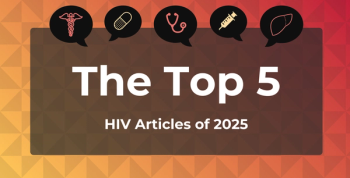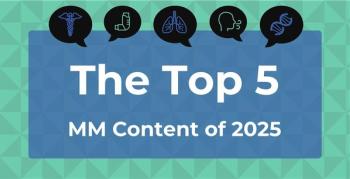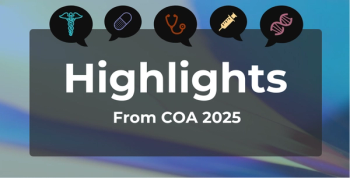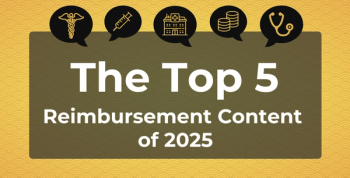
Case Study Highlights Rare Incident of Takotsubo Cardiomyopathy Following an Epileptic Event
The condition was seen in a 75-year-old female patient with a history of epilepsy and hypertension.
A recent case study detaile a patient who developed Takotsubo cardiomyopathy after an
Takotsubo cardiomyopathy is stress-induced cardiomyopathy and can mimic acute coronary syndrome, as it presents with similar chest pain characteristics, elevation in cardiac enzymes, and electrocardiogram changes.
“It is often triggered by an acute emotional or physical stressor and is more common in women. The acute decline in heart function is generally resolved in a few days to weeks,” authors explained.
The condition is rare but can be triggered by epilepsy. Recent studies indicate one in every 1000 hospitalizations related to epilepsy may be complicated by Takotsubo cardiomyopathy, they added.
In the current case, the 75-year-old female patient had a history of hypertension, epilepsy, coronary artery disease, and alcohol use disorder. She was a noncompliant epileptic patient who presented to the hospital after a tonic-clonic seizure episode and cardiogenic shock secondary to Takotsubo cardiomyopathy.She also had a cyanotic right hand and vital signs that showed a heart rate of 134, blood pressure of 103/51 mm Hg, and oxygen saturation of 97% on room air.
Her supraventricular tachycardia was resolved following a dose of adenosine in the emergency department. The patient was then admitted to the critical care unit for closer monitoring due to her hypotension, tachycardia, and postictal confusion.
“Initial diagnostic tests, such as an echocardiogram, revealed severely reduced ejection fraction (15%-20%) and severely hypokinetic mid-apical segments with preserved contractility of basal segments, consistent with stress-induced cardiomyopathy,” the researchers said.
The patient did not have any prior echocardiograms available for comparison. An angiogram of her chest and upper limbs showed patent bilateral subclavian and axillary arteries and heavy calcification of bilateral upper extremity arteries. It also revealed a small filling defect in the segmental branch of the left lower lobe, the authors said.
She began treatment on antiepileptic medication, thiamine/folate, and heparin drip for limb ischemia, although despite taking vasopressors and inotropes, she developed cardiogenic shock, with her ejection fraction dropping to 10%.
The patient underwent left heart catheterization with Impella pump placement, which was removed after 72 hours. The catheterization revealed mild coronary artery disease, and her echocardiogram showed no evidence of dilated cardiomyopathy that would suggest her cardiogenic shock and reduced ejection fraction were the results of alcohol abuse, the researchers said.
She continued taking low-dose Milrinone (Primacor) and Levophed (norepinephrine), eventually recovered, and was discharged to long-term acute care.
“This case highlights the importance of including stress-induced cardiomyopathy as a differential diagnosis in a patient with epilepsy and poor cardiac function, as timely management can improve mortality rates,” the study authors wrote.
Cardiac complications are the main cause of mortality in patients with epilepsy. Some investigators hypothesize the rise in catecholamines during a stressful event contributes to increased cardiac demand and potential cardiac failure.
Authors stress timely diagnostic approaches are paramount in elderly patients or those with prolonged seizure episodes.
In the current report, ChatGPT was used to assist with the patient’s initial write up. The case report’s text was then edited to include references and ensure accuracy prior to publication.
Overall, “this case illustrates the challenges of managing a patient with multiple comorbidities and highlights the need for a multidisciplinary approach to managing stress-induced cardiomyopathy,” the authors concluded. “There should be a low threshold for investigating cardiac function in high-risk patients following an epileptic episode.”
Reference
Yazdi F, Blackmon M, Kattubadi A, et al. Seizure-induced cardiomyopathy: a case of Takotsubo cardiomyopathy following an epileptic event. Cureus. Published online May 21, 2023. doi:10.7759/cureus.39288
Newsletter
Stay ahead of policy, cost, and value—subscribe to AJMC for expert insights at the intersection of clinical care and health economics.








